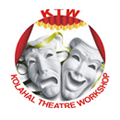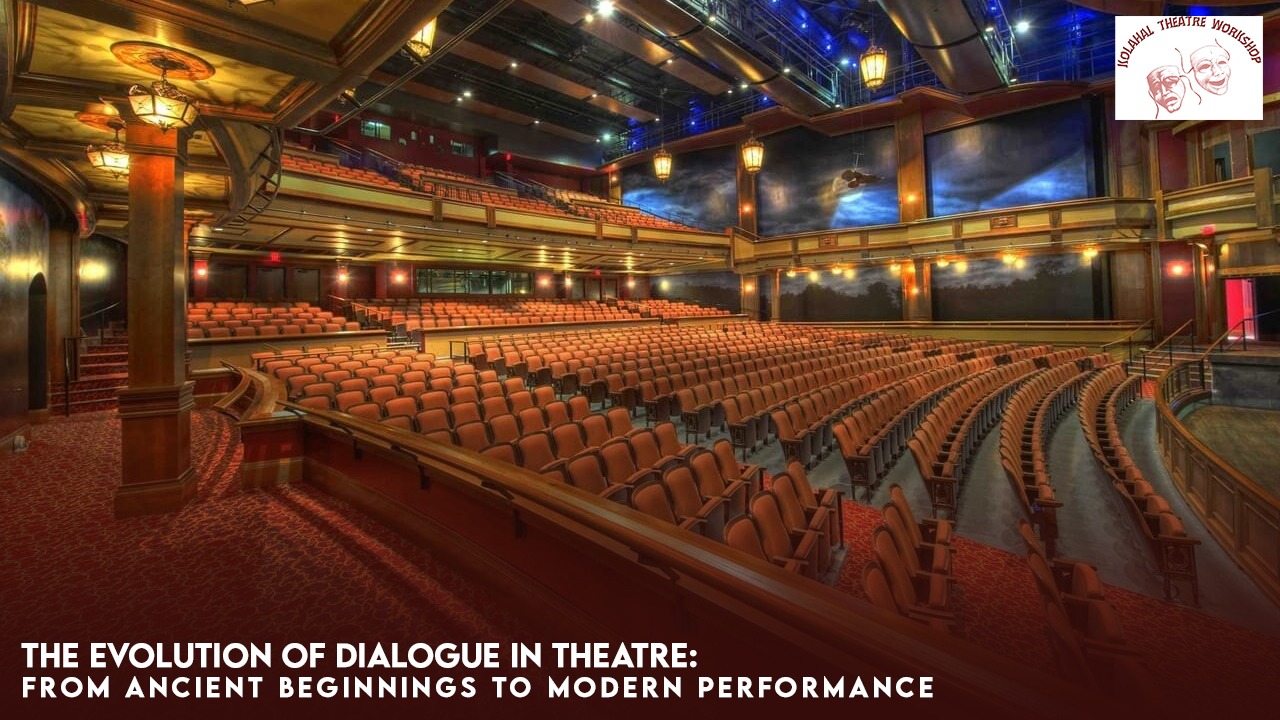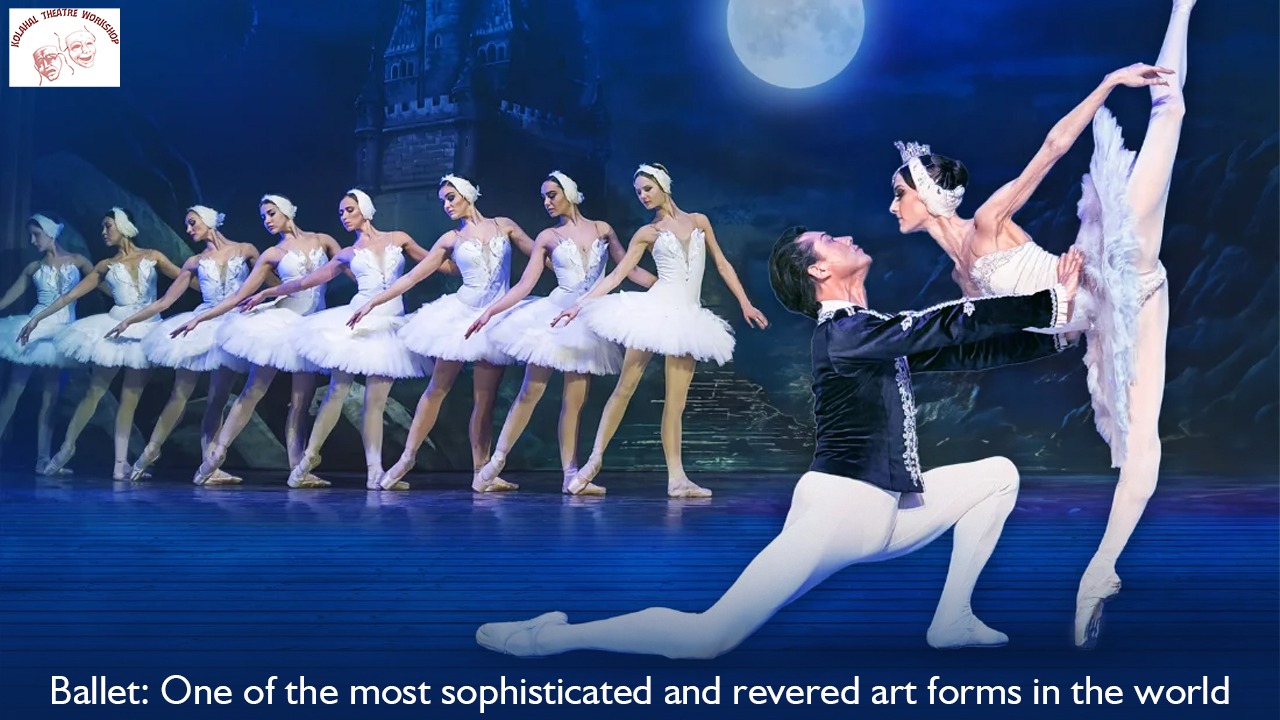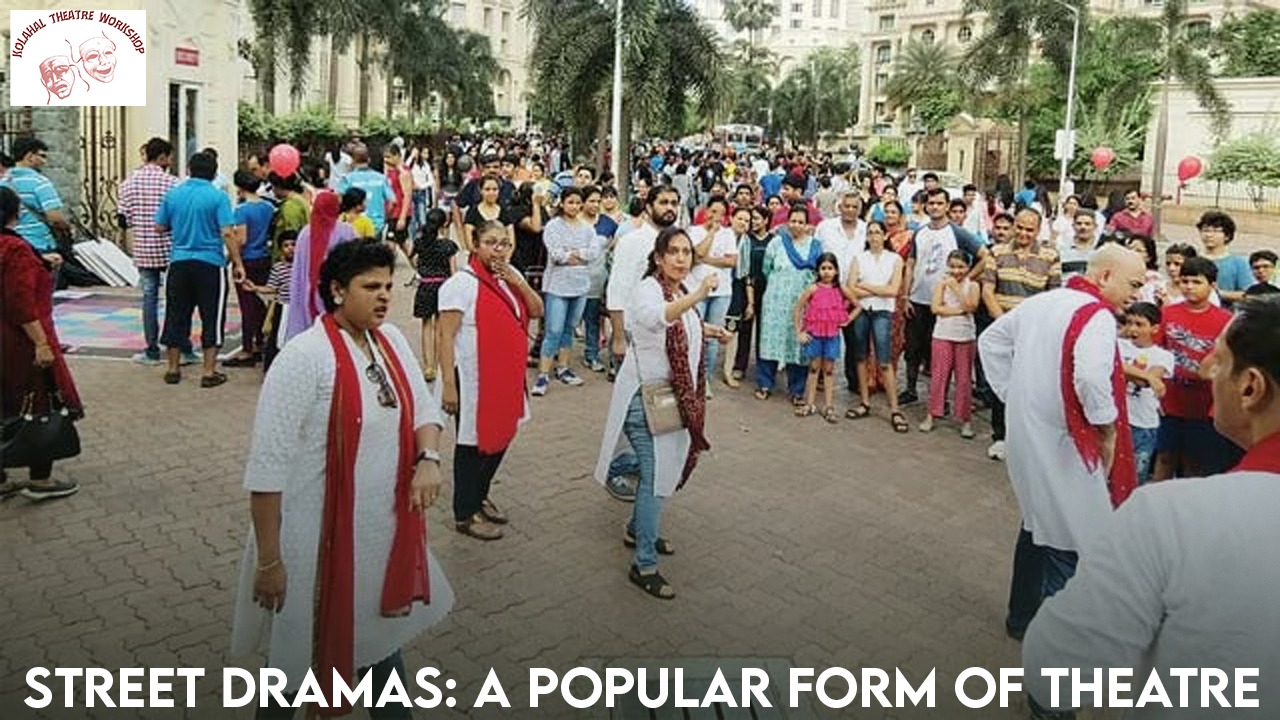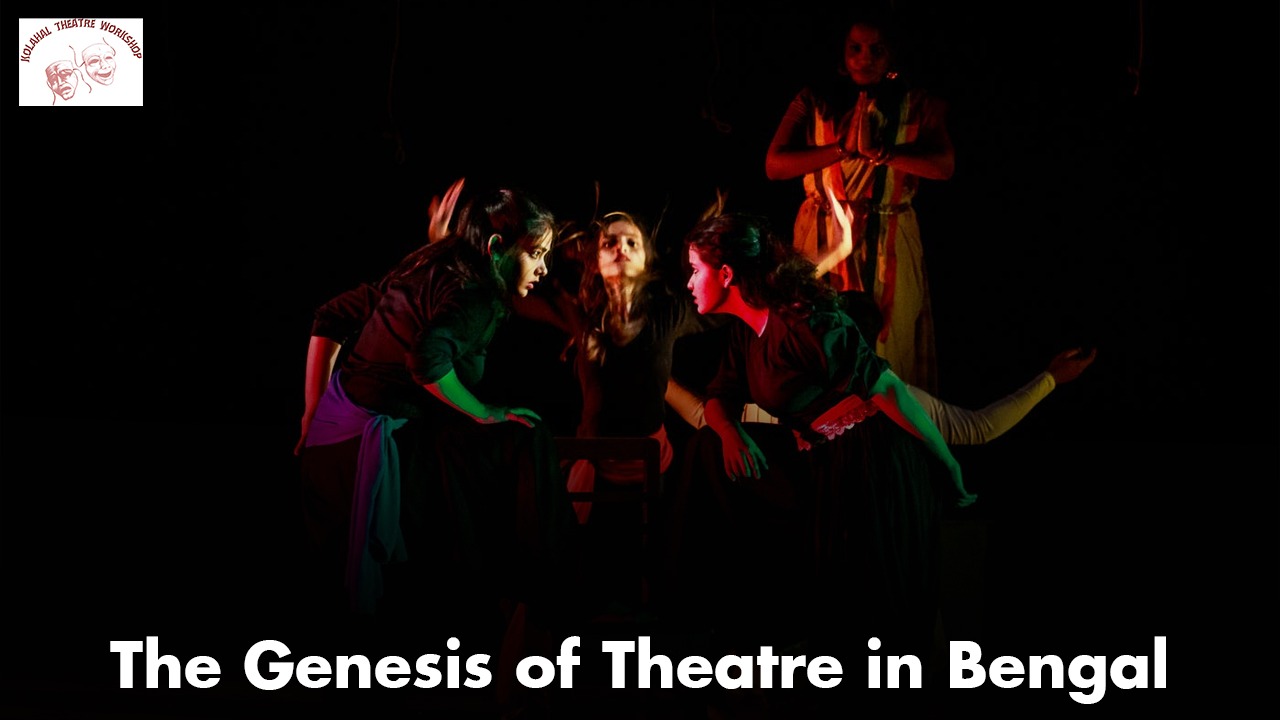The Evolution of Dialogue in Theatre: From Ancient Beginnings to Modern Performance
Introduction:
Dialogue in theatre is a cornerstone of storytelling, providing characters with voices that resonate through time and space. Its evolution spans millennia, reflecting changes in culture, language, and artistic expression. From the ritualistic chants of ancient civilizations to the nuanced exchanges of contemporary dramas, the journey of dialogue in theatre is rich and multifaceted.
Ancient Roots:
The origins of dialogue in theatre can be traced back to ancient civilizations such as Greece, Egypt, and India. In these early cultures, theatrical performances were deeply intertwined with religious rituals and communal gatherings. Dialogue served as a means of conveying myths, legends, and moral lessons to the audience.
In ancient Greek theatre, playwrights like Aeschylus, Sophocles, and Euripides pioneered the use of dialogue to explore complex themes such as fate, morality, and the nature of the divine. The chorus, a group of performers who sang and danced between dialogue sequences, provided commentary and context for the audience.
Medieval Drama:
During the Middle Ages, theatre underwent significant changes as Christianity became the dominant cultural force in Europe. Religious dramas, known as mystery plays and morality plays, became popular forms of entertainment. Dialogue in these performances often consisted of biblical stories and allegorical tales aimed at teaching moral lessons to the illiterate masses.
Shakespearean Drama:
The Elizabethan era marked a golden age of theatre, with William Shakespeare emerging as one of the most influential playwrights in history. Shakespeare’s plays are renowned for their poetic language, rich characterization, and timeless themes. Dialogue in Shakespearean drama is marked by its lyrical quality, intricate wordplay, and psychological depth.
Modern Theatre:
In the modern era, dialogue in theatre has continued to evolve in response to changing social, political, and cultural dynamics. Playwrights like Henrik Ibsen, Tennessee Williams, and Arthur Miller have pushed the boundaries of dramatic dialogue, tackling taboo subjects and exploring the complexities of the human condition.
Experimental Theatre:
In the 20th century, experimental theatre movements such as Expressionism, Surrealism, and Absurdism challenged traditional notions of dialogue and narrative structure. Playwrights like Samuel Beckett, Eugene Ionesco, and Harold Pinter experimented with fragmented dialogue, nonlinear storytelling, and minimalist staging techniques.
Contemporary Trends:
In the 21st century, dialogue in theatre remains as diverse and dynamic as ever. Playwrights continue to explore new forms of storytelling, incorporating multimedia elements, interactive technology, and non-linear narratives into their work. Dialogue in contemporary theatre reflects the complexities of the modern world, grappling with issues such as globalization, identity, and technology.
Conclusion:
The evolution of dialogue in theatre is a testament to the enduring power of storytelling. From its humble beginnings in ancient rituals to its vibrant presence on stages around the world today, dialogue continues to captivate audiences and provoke thought. As theatre continues to evolve, so too will the ways in which we engage with dialogue, ensuring that this timeless art form remains relevant and inspiring for generations to come.
